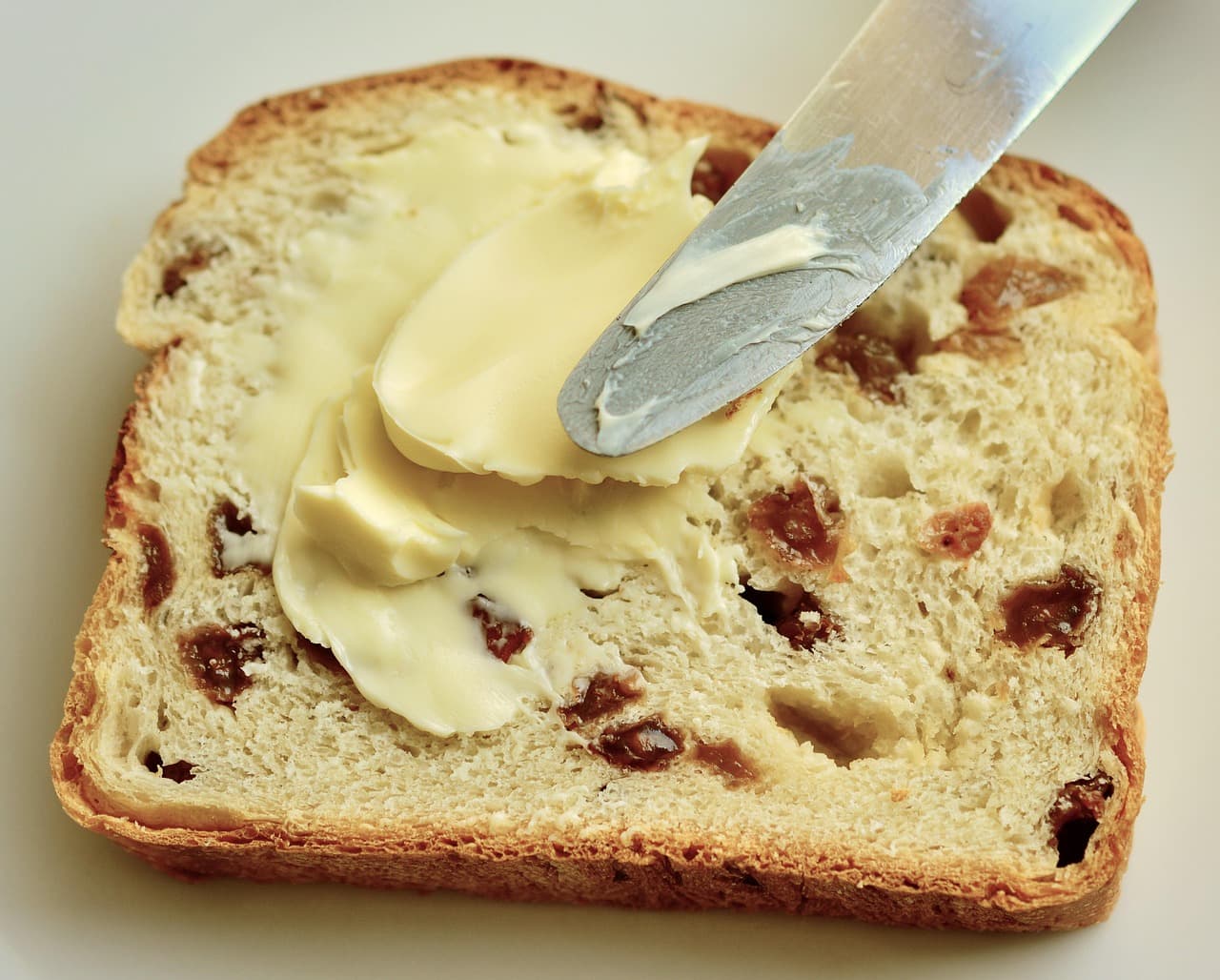The Japanese verb 塗(ぬ)る appears simple at first glance, yet it carries an unexpectedly wide range of meanings. When translated into English, 塗るcan become “paint,” “spread,” “apply,” “coat,” “rub,” or even “smear.” This variety makes it one of those Japanese verbs that resist a one-word English equivalent.
In this article, we will explore the core image of 塗る, how it functions in different contexts, and how it extends metaphorically to express emotions, tone, and atmosphere.
By understanding its layers of meaning, we can appreciate how this single word reflects a deeply Japanese way of perceiving gentle transformation.
The Core Image of 塗る: Covering and Transforming a Surface
The kanji 塗 literally means “to spread over” or “to coat.”
At its core, 塗る describes the action of spreading something soft or liquid across a surface to cover it evenly.
In other words, 塗る carries the image of adding something to a surface to create change.
ペンキを塗(ぬ)る — paint the wall, changing its color.
薬(くすり)を塗(ぬ)る — apply ointment, easing pain.
バターをパンに塗(ぬ)る — spread butter, changing the flavor and texture.
In every case, the verb expresses a physical action that transforms appearance, texture, or state through contact and layering.
That sense of “altering through the surface” is what unifies all uses of 塗る.
Painting or Coloring Surfaces — Changing Appearance
The most typical use of 塗る is when applying paint, color, or coating materials to change how something looks.
Examples:
・壁(かべ)にペンキを塗(ぬ)る。 (Paint the wall.)
・爪(つめ)にマニキュアを塗(ぬ)る。 (Apply nail polish to your nails.)
・車(くるま)にワックスを塗(ぬ)る。 (Put wax on the car.)
In these contexts, nuru corresponds to English verbs like “paint” or “coat.”
It implies a finishing touch that enhances or protects a surface.
・古(ふる)い家具(かぐ)をぬり直(なお)して、新品(しんぴん)みたいになった。
(After repainting the old furniture, it looked brand new.)
・ネイルをぬったら、気分(きぶん)が上がった。
(Painting my nails lifted my mood.)
Here, 塗る represents not just physical labor but also renewal and positive emotional change—turning something dull into something refreshed or beautiful.
Food and Flavor — Adding Taste and Texture
Another frequent use of 塗る appears in cooking or eating.
When we spread butter on toast or jam on bread, we are performing the same basic action: spreading something over a surface to modify its flavor.
Examples:
・パンにいちごジャムをぬる。 (Spread strawberry jam on bread.)
・クラッカーにチーズをぬる。 (Spread cheese on a cracker.)
・ホットケーキにバターをぬる。 (Spread butter on pancakes.)
In English, this corresponds most closely to “spread.”
Medicine and Cosmetics — Protecting and Caring
塗る also appears frequently in contexts of health and beauty, where the purpose is to protect, heal, or maintain the body’s surface.
Examples:
・手(て)にハンドクリームをぬる。 (Apply hand cream to your hands.)
・顔(かお)に日焼け止(ど)めをぬる。 (Put on sunscreen on your face.)
・傷(きず)に薬(くすり)をぬる。 (Apply medicine to a wound.)
・唇(くちびる)にリップクリームをぬる。 (Put lip balm on your lips.)
In English, verbs like “apply,” “put on,” or “rub” are used.
For instance: Apply sunscreen to your face. / Rub lotion on your hands.
Here, 塗る expresses both a physical act and a caring intention—to soothe, to protect, or to restore.
This dual sense gives the verb a gentle emotional undertone, making it common in both medical and cosmetic contexts.
Distinguishing 塗る from Similar Verbs
Japanese learners often confuse 塗る with verbs such as 付ける and かける.
However, each carries a different image.
- 塗(ぬ)る = to spread something directly and evenly across a surface
- 付(つ)ける = to attach or touch briefly (a point of contact)
- かける = to pour or cover from above
For example:
・香水(こうすい)をつける。 (Put on perfume.) — not 塗る
・薬(くすり)をぬる。 (Apply medicine.) — not つける
・パスタにソースをかける。 (Pour sauce over pasta.) — not 塗る
The distinctions are based on direction, contact, and control.
Nuru always implies a conscious, smoothing motion that results in an even layer.
The Difference Between Nuru, Nureru, and Nurasu
Japanese also includes similar-sounding verbs that can be confusing:
塗る, 濡れる, and 濡らす.
・塗(ぬ)る — to intentionally apply or spread something
・濡(ぬ)れる — to become wet naturally (intransitive)
・濡(ぬ)らす — to make something wet (transitive)
Examples:
・ペンキを塗(ぬ)る。 (Paint with paint.)
・雨(あめ)で服(ふく)がぬれる。 (My clothes got wet in the rain.)
・雑巾(ぞうきん)をぬらす。 (Soak a cloth in water.)
Though similar in sound, these verbs differ fundamentally in intention and control.
ぬる implies deliberate, creative application, while 濡れる and 濡らす describe accidental or natural wetness.
Conclusion
The verb 塗る is far more than a word for painting or applying.
At its heart lies the idea of transforming through surface contact, of changing gently, softly, and harmoniously.
In English, you might choose among “paint,” “spread,” “apply,” “coat,” “rub,” or “smear,”
but none of these fully capture the quiet elegance that 塗る conveys. To ぬる something is not merely to act upon it, to change it gently, and to make it part of yourself.
